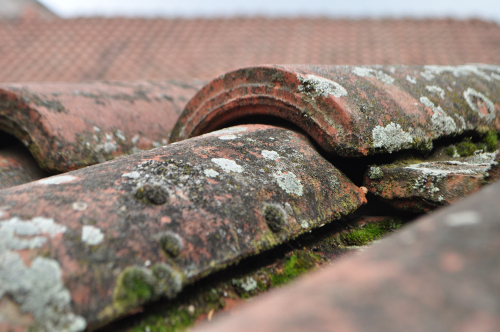


Preventing Mold and Mildew: Roof Waterproofing
December 29, 2023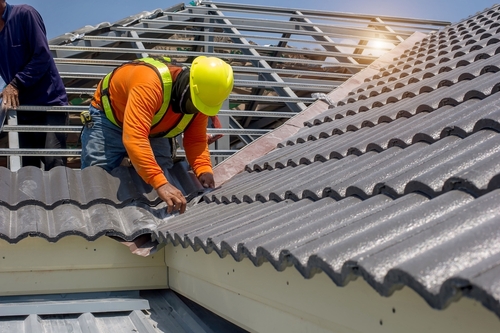


Different Types of Roofing Shingles: Pros and Cons
March 7, 2024Choosing the Right Roof Waterproofing Material
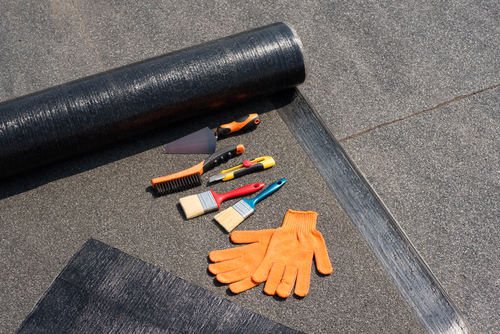

Choosing the Right Roof Waterproofing Material
Choosing the Right Roof Waterproofing Material. The selection of the right roof waterproofing material is a crucial decision in building maintenance, particularly pertinent in Singapore’s tropical climate characterized by high humidity and frequent rainfall.
This article aims to delve into the intricacies of various waterproofing materials, highlighting their importance in protecting structures from water damage, and providing guidance on choosing the most suitable option.
The goal is to equip property owners with the knowledge to make informed decisions, thereby ensuring the longevity and integrity of their buildings.
Read on – Choosing the Right Roof Waterproofing Material:
Why Roof Waterproofing Matters
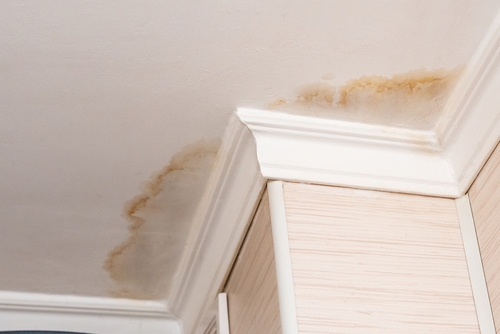

Roof waterproofing is more than just a protective measure; it is a fundamental aspect of building maintenance that ensures the longevity and safety of the structure.
Waterproofing prevents water from seeping into the building, which can cause severe structural damage, including the deterioration of foundational elements and the weakening of the building’s overall integrity.
Protection of Structural Integrity
In the context of a building’s structural integrity, waterproofing serves as a critical barrier.
It prevents the penetration of moisture, which can lead to the corrosion of steel reinforcements, the decay of wooden components, and the degradation of other critical structural elements.
In a climate like Singapore’s, where moisture levels are consistently high, the role of waterproofing becomes even more significant.
Prevention of Water Damage and Mold Growth
The presence of moisture can lead to the growth of mold and mildew, which pose health risks to occupants and degrade the quality of indoor air.
Waterproofing the roof effectively prevents these issues by creating an impermeable barrier against moisture, thereby ensuring a healthier living environment.
Understanding Roof Waterproofing Materials
The market offers a diverse range of waterproofing materials, each with unique properties and specific applications.
These materials range from traditional bituminous coatings to modern synthetic products, offering solutions for various roofing needs.
Each waterproofing material possesses distinct characteristics. Some materials provide flexibility and adaptability to changing temperatures, while others offer superior durability and resistance to UV radiation.
The choice of material depends on several factors, including the roof’s design, the local climate, and the specific requirements of the building.
Selecting a waterproofing material involves considering various factors such as the environmental conditions of the region, the type of roof substrate, compatibility with existing roofing materials, maintenance requirements, and budget constraints.
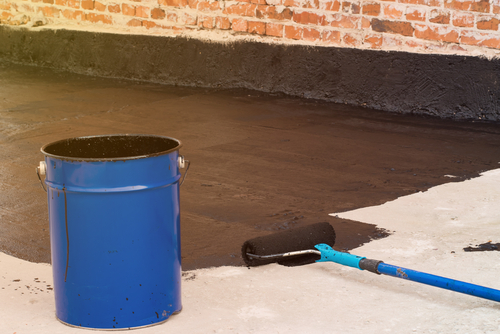

Common Roof Waterproofing Materials
Asphalt-Based Waterproofing
Asphalt-based materials are a traditional choice, known for their durability and effectiveness in water resistance. They are often reinforced with fiberglass or polyester to enhance their strength and longevity.
Rubberized Coatings
Rubberized coatings, such as EPDM (ethylene propylene diene monomer), offer exceptional flexibility and are ideal for roofs that undergo expansion and contraction due to temperature variations.
These coatings are resistant to cracking and can accommodate the movement of the roof structure.
Polyurethane and Polyurea Coatings
Polyurethane and polyurea coatings are favored for their robustness and versatility.
They form a seamless layer over the roof, providing excellent waterproofing and are particularly effective in protecting against chemical spills and abrasions, making them suitable for industrial settings.
Silicone Coatings
Silicone coatings stand out for their resistance to weathering and UV radiation. They are particularly effective in areas with high exposure to sunlight and are known for their ability to resist ponding water, making them an excellent choice for flat or low-sloped roofs.
Acrylic Coatings
Acrylic coatings are water-based solutions that are environmentally friendly and easy to apply. They are a popular choice for roofs that require reflective properties to reduce heat absorption, thereby contributing to energy efficiency.
Bituminous Membranes
Bituminous membranes are widely utilized in commercial applications due to their strong waterproofing capabilities.
These membranes are typically composed of layers of bitumen interspersed with fabrics or composites, providing a durable and long-lasting waterproofing solution.
Liquid Applied Membranes
Liquid-applied membranes offer a highly flexible waterproofing solution, ideal for roofs with complex shapes or numerous protrusions.
These membranes form a seamless, fully adhered layer that can conform to any shape, providing comprehensive coverage and protection.
Factors to Consider When Choosing Roof Waterproofing Material
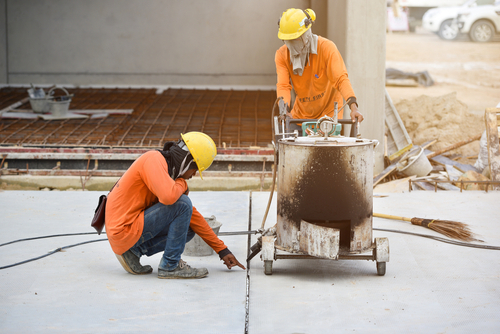

Climate and Environmental Conditions in Singapore
Singapore’s tropical climate, characterized by high humidity and intense rainfall, demands materials that can withstand these harsh conditions.
The chosen waterproofing solution must be capable of enduring constant moisture exposure and effectively preventing water ingress.
Roof Type and Substrate
The specific type of roof and its substrate play a significant role in material selection.
Different roofing structures, such as flat versus pitched roofs, require different waterproofing approaches.
The substrate, whether concrete, metal, or wood, also dictates the compatibility and effectiveness of the waterproofing material.
Compatibility with Existing Roofing Materials
The new waterproofing material must be compatible with existing roofing materials to ensure a cohesive and effective waterproofing system.
This compatibility is crucial to prevent chemical reactions, adhesion problems, and other issues that could compromise the waterproofing’s effectiveness.
Durability and Longevity
The durability and expected lifespan of the waterproofing material are critical considerations. In Singapore’s climate, materials must be robust enough to withstand prolonged exposure to moisture and sunlight without deteriorating or losing their waterproofing properties.
Maintenance Requirements
Different waterproofing materials come with varying maintenance needs. Some materials may require regular recoating or inspection, while others offer a more maintenance-free solution.
Property owners should consider the long-term maintenance commitments associated with each material.
Cost Considerations
Budget is a significant factor in the decision-making process. While initial cost is an important consideration, it’s also essential to evaluate the long-term costs associated with maintenance, repairs, and potential replacement.
Often, investing in a higher-quality material can result in lower overall costs over the life of the roof.
Benefits and Drawbacks of Different Materials
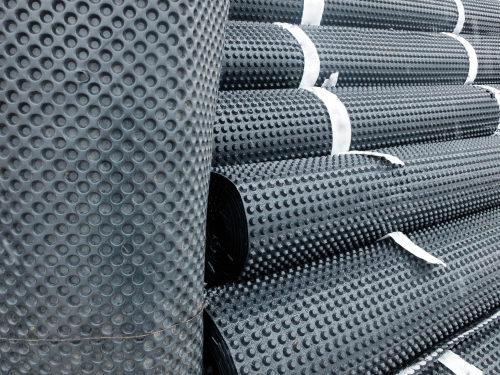

Advantages and Disadvantages
Each waterproofing material has its set of advantages and drawbacks.
For example, while silicone coatings offer excellent weather resistance and longevity, they may be more costly compared to other options.
Similarly, acrylic coatings are cost-effective and environmentally friendly, but may not provide the same level of durability as other materials.
Performance in Singapore’s Climate
The performance of waterproofing materials in Singapore’s specific climate is a critical consideration.
Materials must be able to withstand high levels of humidity, intense UV exposure, and heavy rainfall.
For instance, bituminous membranes are highly effective in tropical climates due to their water-resistant properties but may require additional UV protection.
Case-Specific Considerations
The selection of a waterproofing material may also depend on case-specific considerations, such as the building’s architectural style, the roof’s accessibility, and the specific waterproofing requirements.
For example, liquid-applied membranes are particularly useful for roofs with irregular shapes or multiple penetrations, as they can provide a seamless and fully adhered waterproofing layer.
Professional vs. DIY Installation
Importance of Professional Installation
Professional installation is crucial for ensuring the effectiveness and longevity of the waterproofing system.
Experienced contractors have the knowledge and skills to correctly prepare the roof surface, apply the material evenly and thoroughly, and address any potential problem areas.
Risks Associated with DIY Roof Waterproofing
DIY roof waterproofing carries several risks, including improper application, use of unsuitable materials, and overlooking critical aspects of the waterproofing process.
Incorrectly applied waterproofing can lead to failures, water damage, and the need for costly repairs.
Hiring Certified Contractors and Inspections
Engaging certified contractors ensures that the waterproofing is applied correctly and complies with industry standards.
Regular inspections by professionals can identify any issues early and ensure the waterproofing remains effective over time.
Waterproofing FAQs
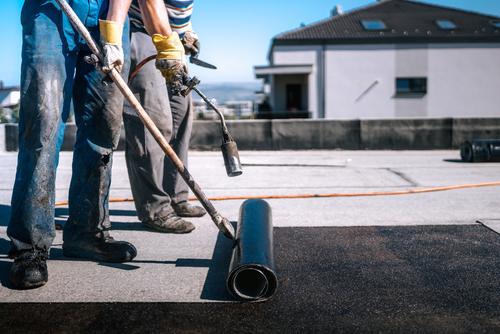

How Long Does Roof Waterproofing Typically Last?
The lifespan of a roof waterproofing system varies depending on the material used and the quality of the installation.
Typically, waterproofing can last anywhere from 10 to 25 years, with some materials offering longer lifespans under optimal conditions. Regular maintenance can extend the effectiveness of the waterproofing.
Can I Apply Waterproofing Over an Existing Roof?
In many cases, waterproofing can be applied over an existing roof, but the feasibility depends on the condition of the current roof and the compatibility of the new waterproofing material.
A thorough inspection by a professional can determine if the existing roof is a suitable substrate for the new waterproofing system.
Are There Eco-Friendly Roof Waterproofing Options?
Yes, there are eco-friendly roof waterproofing options available, such as water-based acrylic coatings and certain types of liquid-applied membranes.
These materials are designed to minimize environmental impact while providing effective waterproofing. They often contain fewer volatile organic compounds (VOCs) and are manufactured with sustainability in mind.
What Are the Signs My Roof Needs Waterproofing?
Signs that a roof may need waterproofing include visible water stains on ceilings or walls, the presence of mold or mildew, peeling paint or wallpaper, and evidence of dampness or leakage during or after rain.
Other indicators include cracked or blistered roof surfaces, damaged flashing, and pooling water on the roof.
Is Regular Roof Maintenance Necessary After Waterproofing?
Regular roof maintenance is essential even after waterproofing to ensure the integrity and effectiveness of the waterproofing system.
Maintenance includes inspecting the roof for damage, cleaning gutters and drains, and checking for any signs of wear or deterioration in the waterproofing material.
Promptly addressing any issues can prevent water ingress and extend the life of the waterproofing system.
Choosing the Right Roof Waterproofing Material – Conclusion
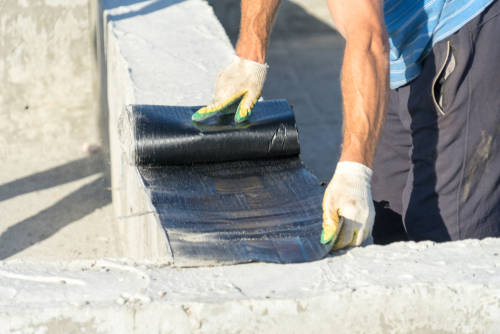

In essence, selecting the right roof waterproofing material is a crucial decision for property owners in Singapore, given the region’s humid climate.
This choice significantly impacts the building’s integrity and indoor comfort. By carefully considering factors such as environmental conditions, roof characteristics, and material properties, one can ensure long-term protection against water damage.
Ultimately, an informed decision in this aspect not only preserves the structure of the building but also enhances its overall value and longevity!
Are you looking for a professional and reliable roofing repair or specialist in Singapore? Contact us today!



